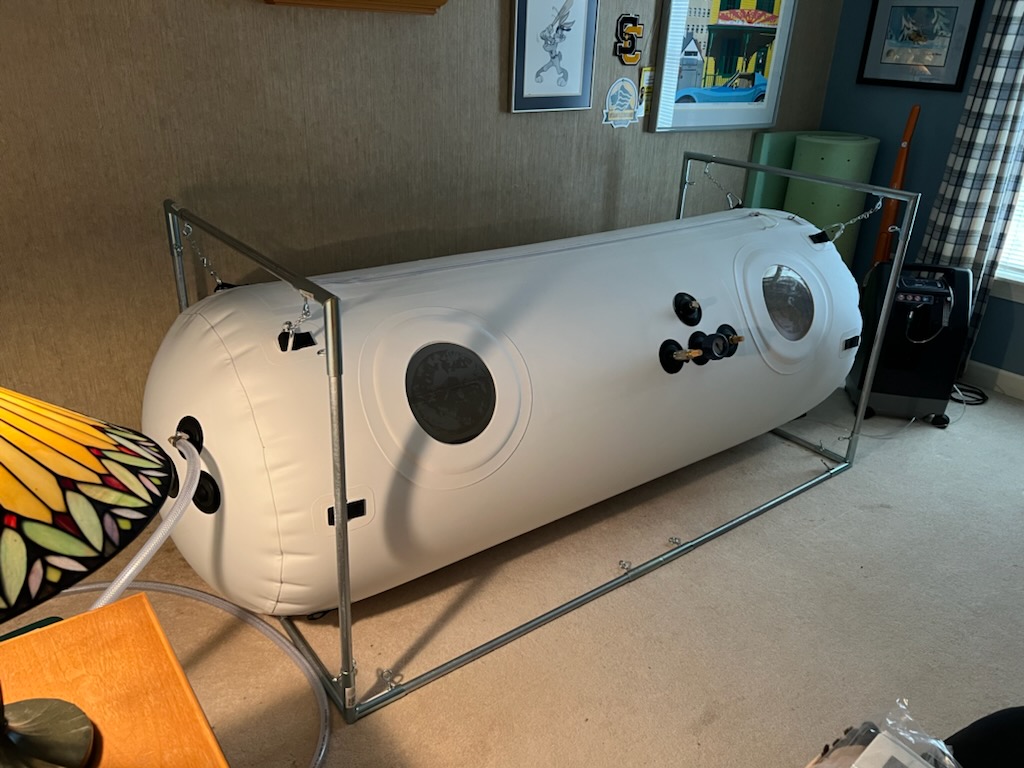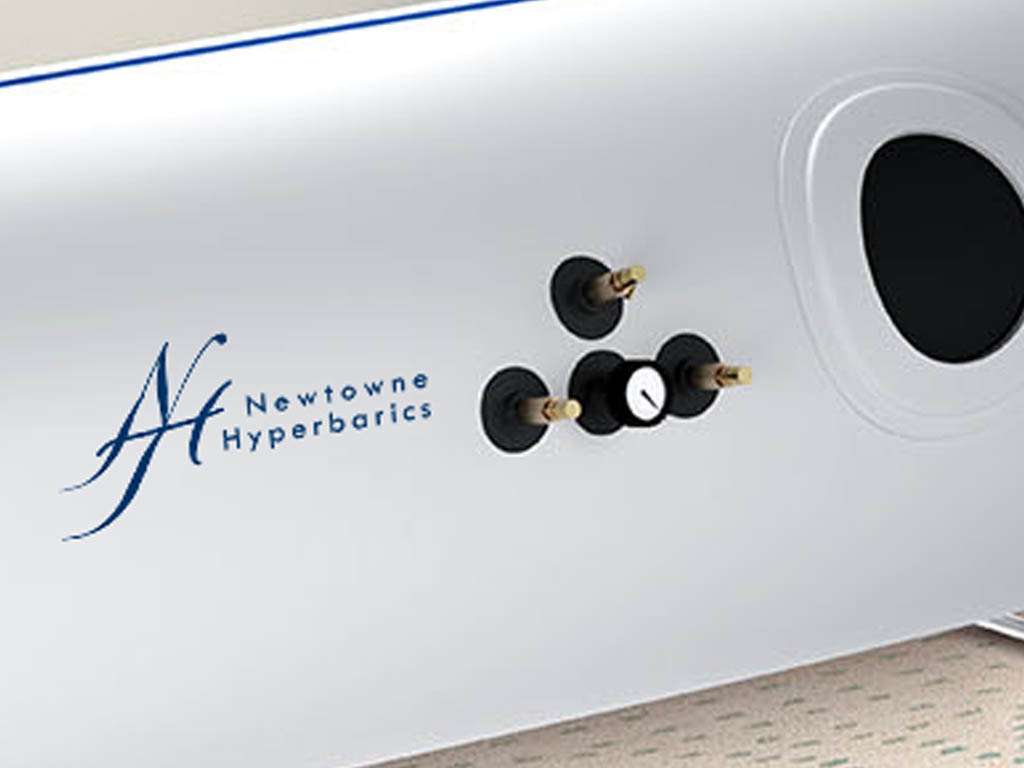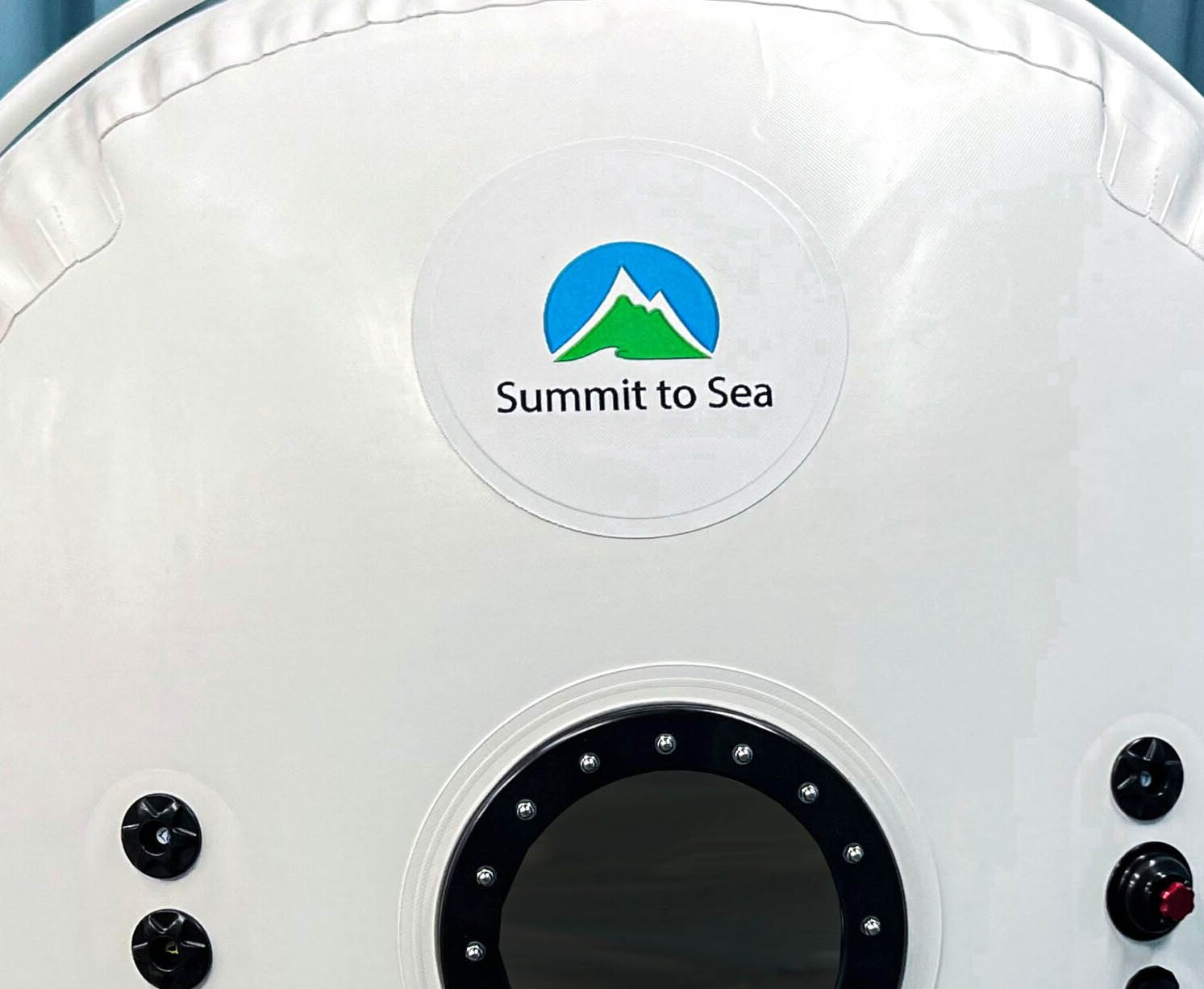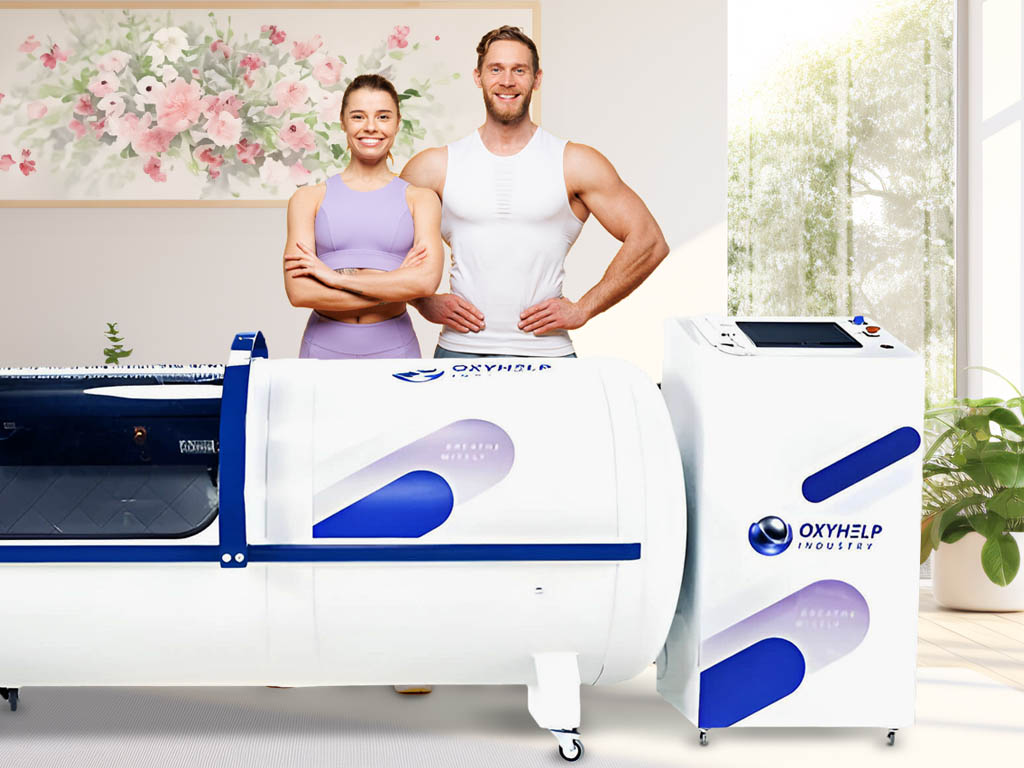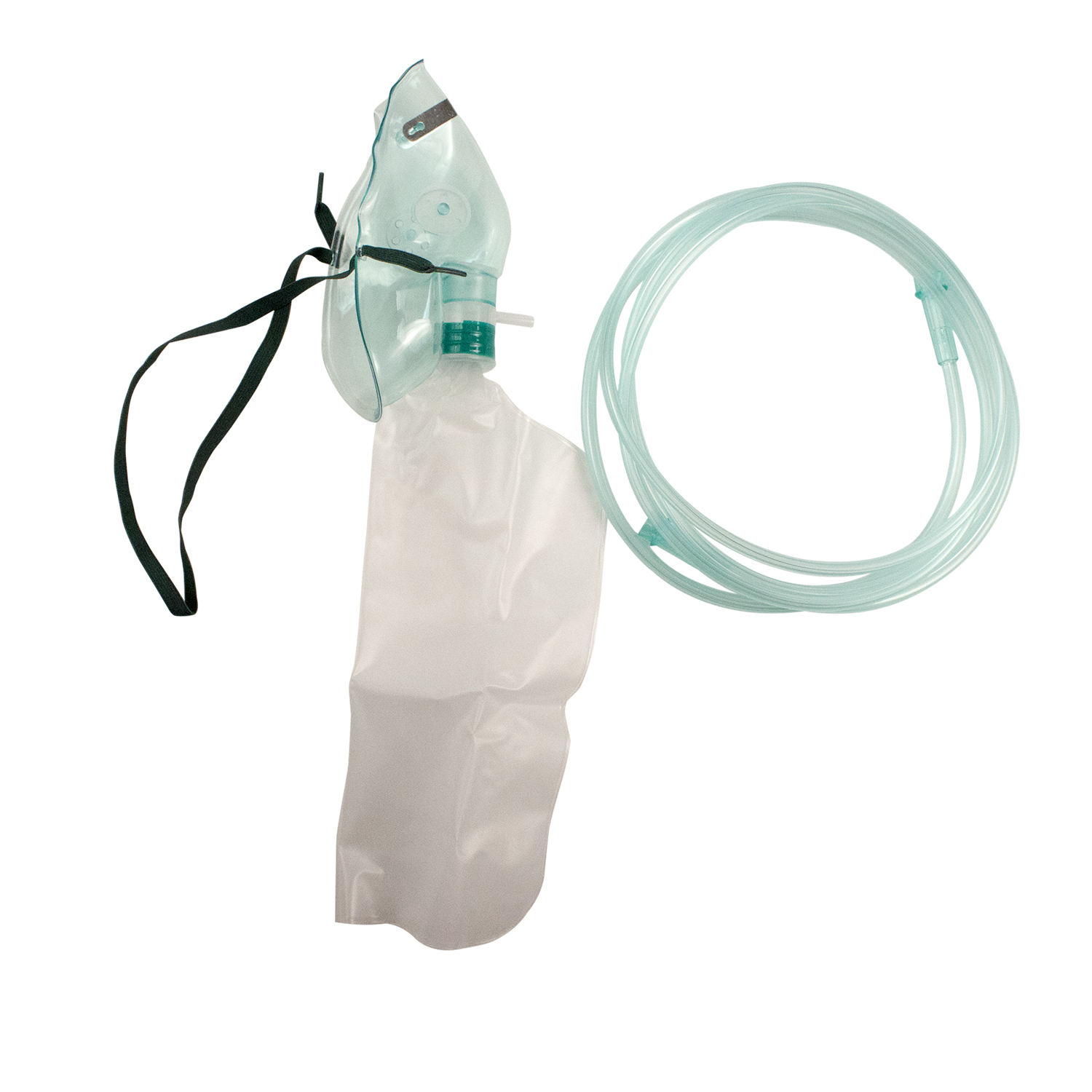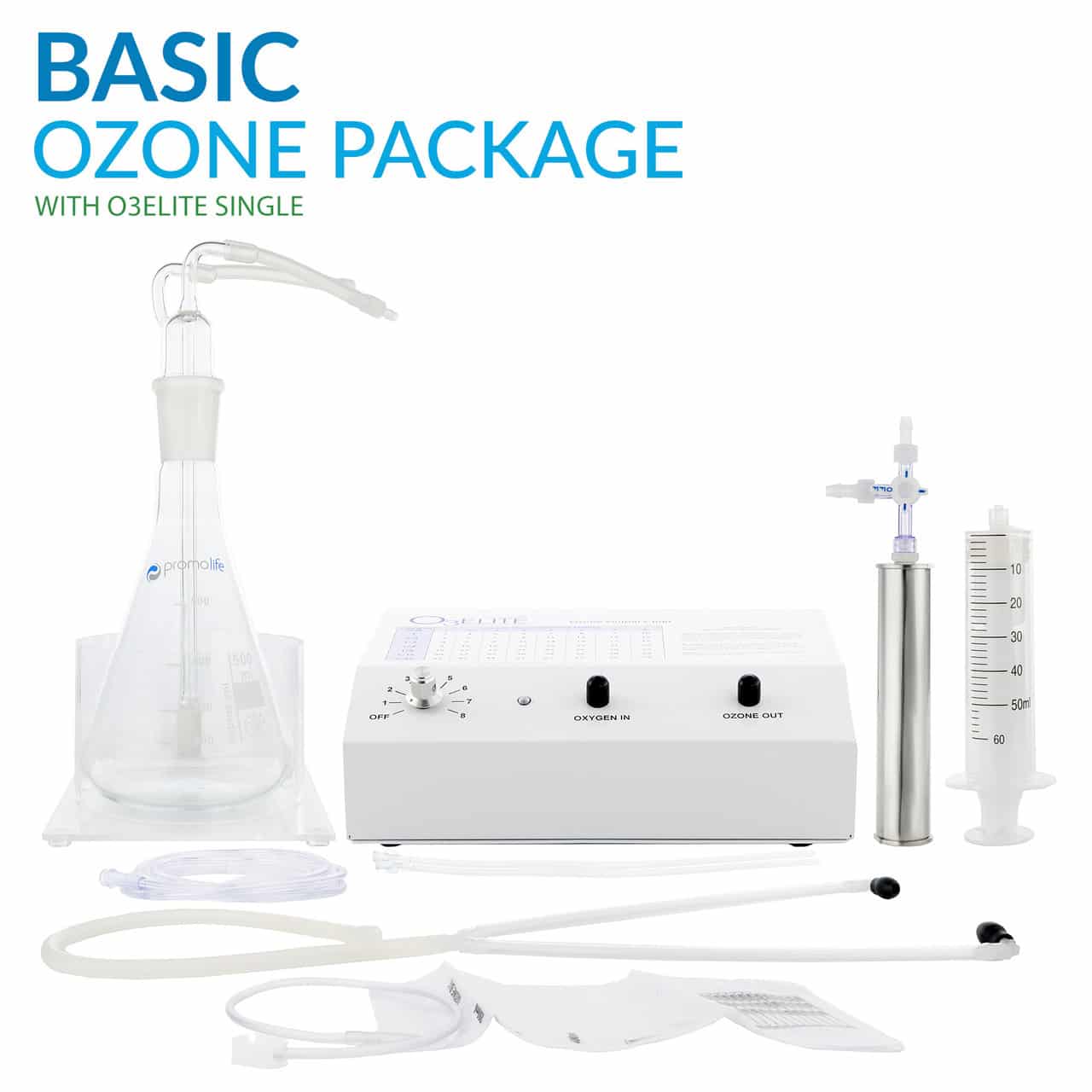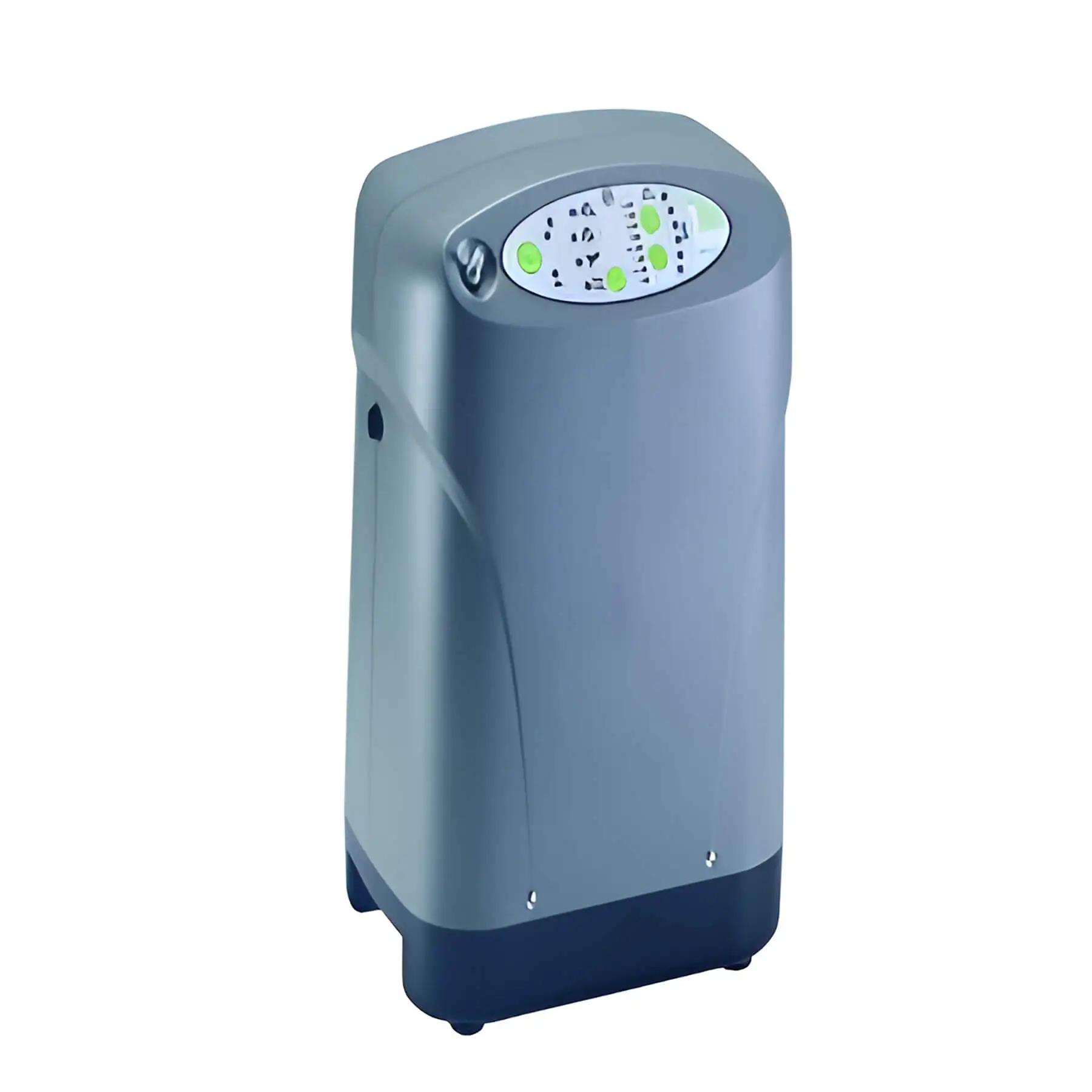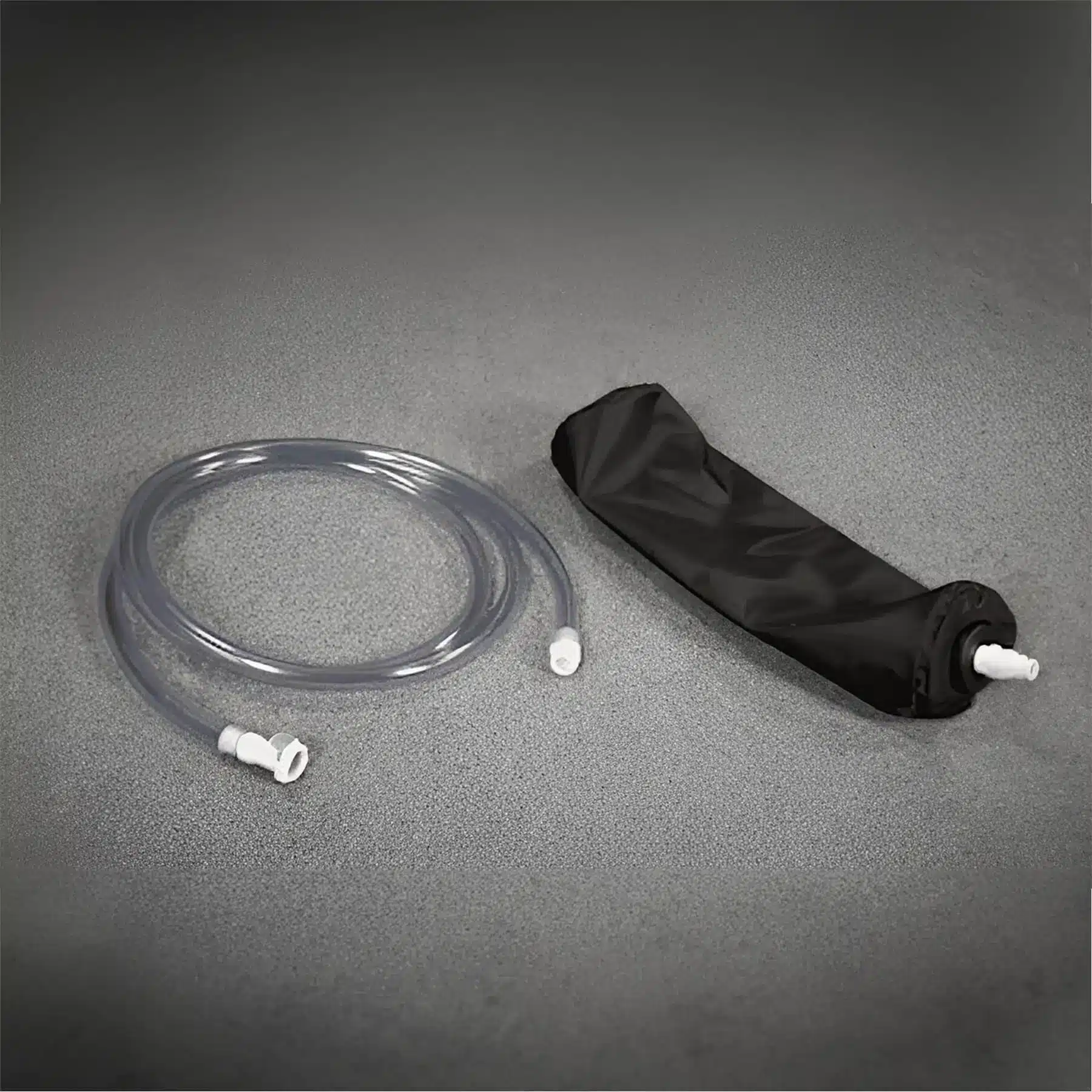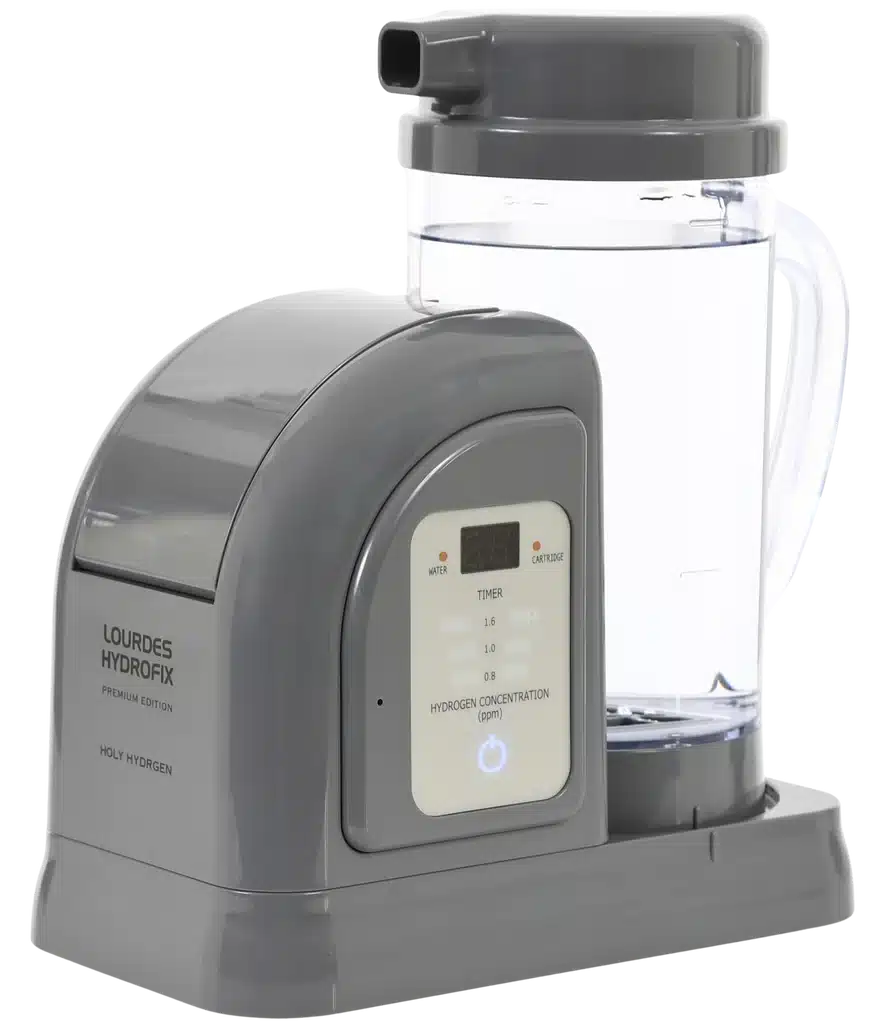Oxygen is the lifeblood of our cells, and its supply plays a pivotal role in energy production and overall health. While oxygen primarily travels through our bloodstream bound to hemoglobin in red blood cells, a portion of it dissolves directly in blood plasma. The level of dissolved oxygen can significantly impact the well-being of peripheral cells, especially those in vital organs like the brain, heart, and eyes.
Enhancing Oxygen Delivery
Recent research has shed light on the potential benefits of Mild Hyperbaric Oxygen Therapy (HBOT), which involves exposing individuals to slightly increased atmospheric pressure (1266–1317 hPa) and higher oxygen concentrations (35–40% oxygen). This exposure can enhance the oxygen content in blood plasma, making more oxygen available to cells throughout the body.
Metabolic Syndrome and Lifestyle Diseases
Experiments with animals, particularly rats, have shown promising results. Exposure to mild HBOT has demonstrated the ability to inhibit or improve metabolic syndrome, a cluster of conditions like obesity, high blood pressure, and elevated blood glucose levels, typically resulting from sedentary lifestyles and high-calorie diets. Additionally, this therapy has shown potential in mitigating lifestyle-related diseases such as type 2 diabetes and hypertension.
Enhancing Oxidative Metabolism
One of the primary mechanisms behind these positive effects is the enhancement of oxidative metabolism in cells and tissues. Reduced oxidative metabolism is associated with various health issues, and mild HBOT appears to address this concern without causing barotrauma (pressure-related tissue damage) or excessive production of reactive oxygen species (free radicals).
Benefits for Specific Health Conditions
Let’s delve into some specific health conditions where mild HBOT has shown promise:
- Type 2 Diabetes: Rats with type 2 diabetes exhibited improvements in blood glucose levels and oxidative capacity of their skeletal muscles after exposure to mild HBOT. This therapy seems effective in both inhibiting the growth-related increase in blood glucose and reversing hyperglycemia in adulthood.
- Hypertension: Studies on spontaneously hypertensive rats (SHRs) indicate that mild HBOT can reduce both systolic and diastolic blood pressure levels. This effect may result from lower oxidative stress and higher antioxidant levels, thereby enhancing blood flow in blood vessels.
- Arthritis: Exposure to mild HBOT has demonstrated its effectiveness in reducing levels of reactive oxygen species associated with arthritis. It can help manage oxidative stress and inflammation in arthritic joints.
- Neuromuscular System: Mild HBOT enhances oxidative metabolism in skeletal muscle fibers and spinal motoneurons. This improvement can lead to increased voluntary physical activity and has the potential to counteract muscle atrophy associated with aging and chronic inactivity.
- Parkinson’s Disease: In an experimental model of Parkinson’s disease, exposure to mild HBOT inhibited the loss of dopaminergic neurons in the substantia nigra, suggesting a potential role in Parkinson’s disease management.
- Infertility: While hyperbaric oxygen therapy is known for potential fertility benefits, the mild HBOT approach appears safer and may improve female and male infertility. Research suggests that it enhances oxygen supply to cells and tissues without the side effects associated with high-pressure therapy.
Promising Perspectives
Exposure to mild HBOT holds promise for a wide range of applications. It is well-suited for elderly individuals, people with physical disabilities, injured athletes, and those seeking health and wellness improvements. Future investigations may explore its potential in preventing and managing dementia, addressing autonomic nerve imbalances, boosting immunity, and facilitating rapid injury recovery.
While we’ve made significant strides in understanding the potential benefits of mild HBOT, further research is essential to establish specific protocols and refine its application for various health conditions. With continued study and clinical exploration, this therapy may emerge as a valuable tool in improving the quality of life and overall health for many individuals.
Source
Ishihara, A. (2019, May 6). Mild hyperbaric oxygen: mechanisms and effects. The Journal of Physiological Sciences. https://jps.biomedcentral.com/articles/10.1007/s12576-019-00678-5
